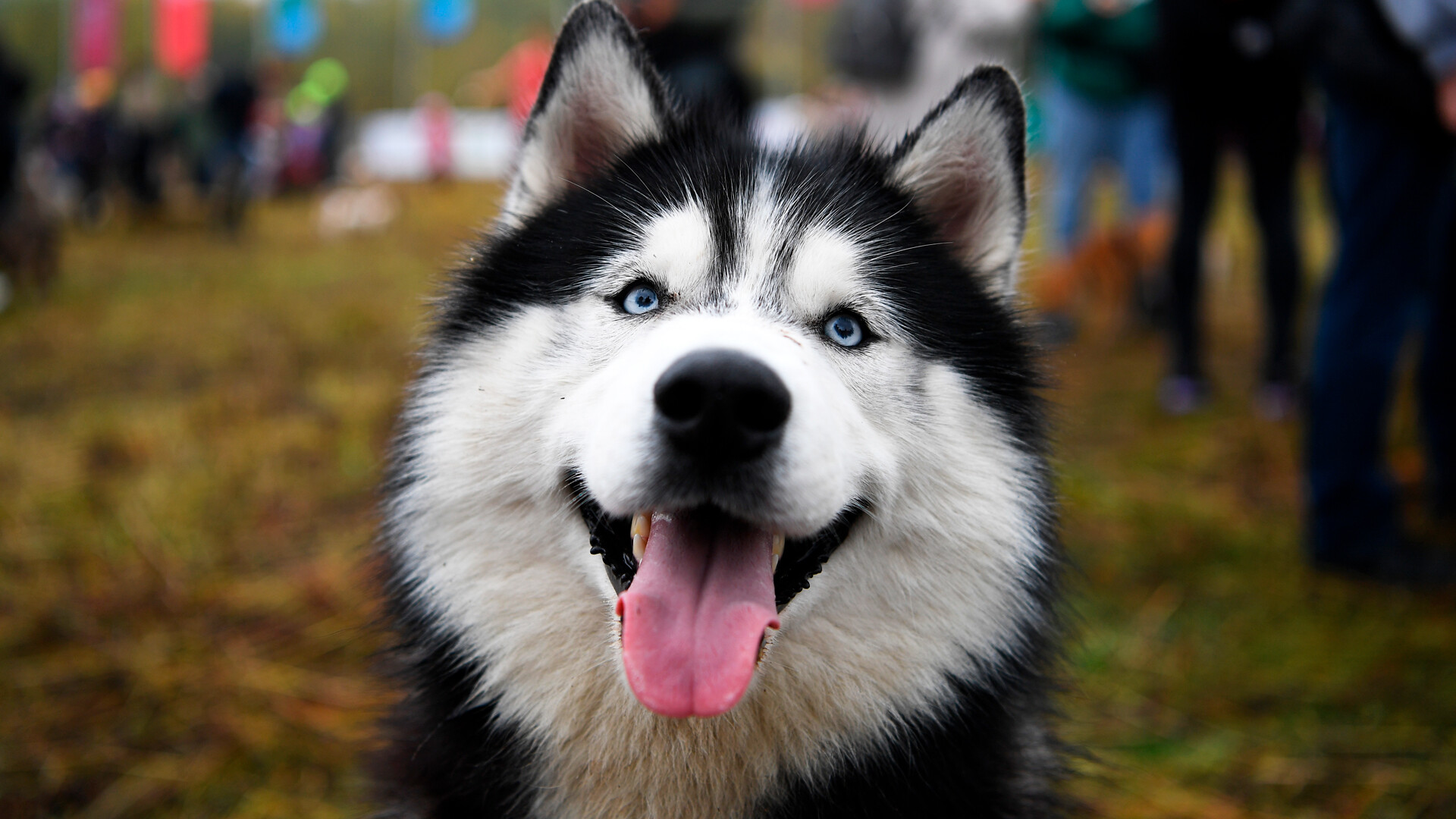
The Siberian husky
Svetlana Shevchenko/Sputnik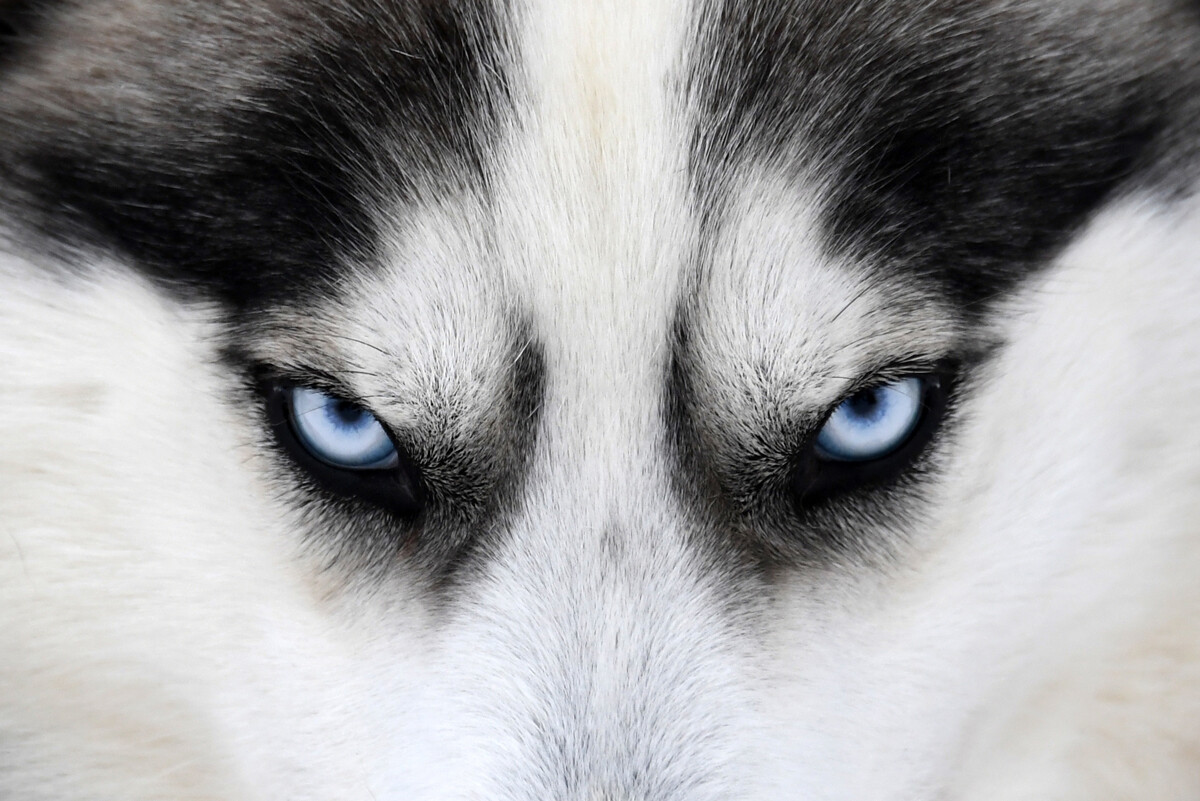
The Siberian husky have beautiful ocean blue eyes
Kirill Kalinnikov/SputnikHusky is an umbrella term for several breeds of sled dogs that inhabit the Arctic region. Siberian huskies were bred by the Chukchi people of the North-East of Siberia – in Chukotka and on the shores of the Sea of Okhotsk. (These “coastal” Chukchi were even called dog herders, as opposed to reindeer herder Chukchi who lived deeper in the continent).
The Siberian husky is believed to be one of the most ancient dog breeds; scientists claim that it was alive back in the first millennium BC.
For centuries, huskies have been the main means of transportation for the native peoples of Chukotka, who engaged in fishing and hunting. Not just the Chukchi people, but also Yukaghirs, Kereks and Eskimo, for example. It’s believed that the word ‘husky’ is a distorted pronunciation of the word ‘eski’, which means ‘Eskimo’.
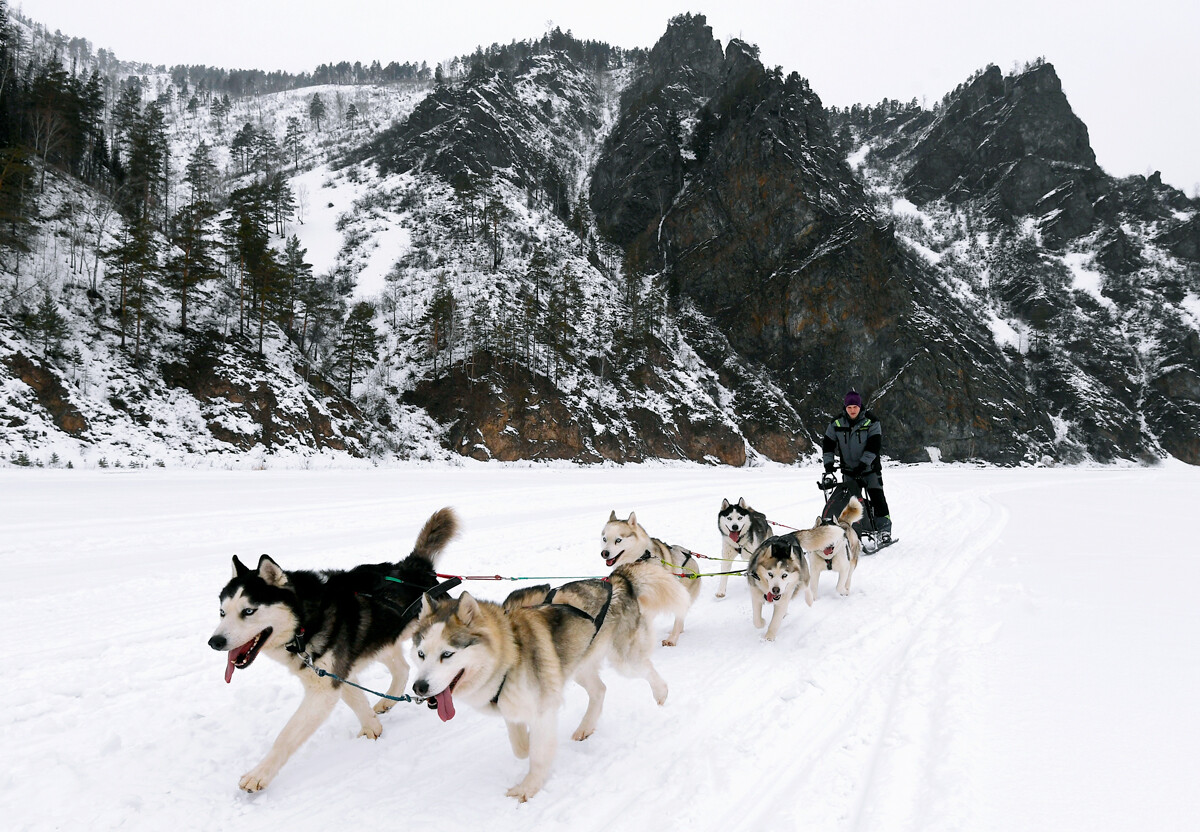
It’s believed that the word ‘husky’ is a distorted pronunciation of the word ‘eski’, which means ‘Eskimo’
Ilya Naimushin/SputnikThe Russians who explored Chukotka and the Far East in the 17th-18th centuries appreciated the abilities of these Siberian dogs. They used huskies as their main transport (horses were not adapted to such cold conditions) and also hired local mushers – experienced dog sled drivers.
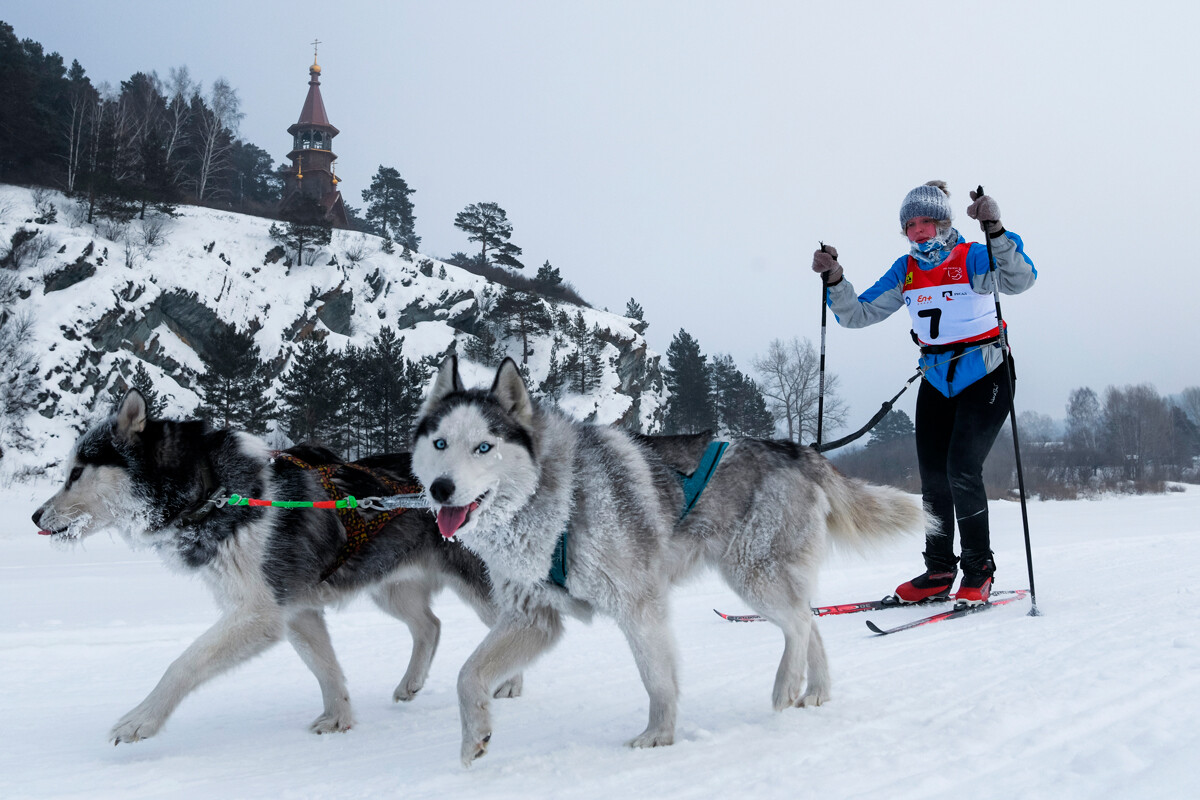
These dogs have everything to cope with the harsh climate conditions of the Far North
Alexander Patrin/SputnikThick fur, compact constitution, powerful, strong back and great health. These dogs have everything to cope with the harsh climate conditions of the Far North. They’re not just successfully surviving, but also possess unique physical abilities – they can tirelessly cover great distances and then continue on with just a short break.
They don’t get cold and they can sleep on the snow; they also don’t need much food at all. The Chukchi people fed huskies with frozen or dried fish.
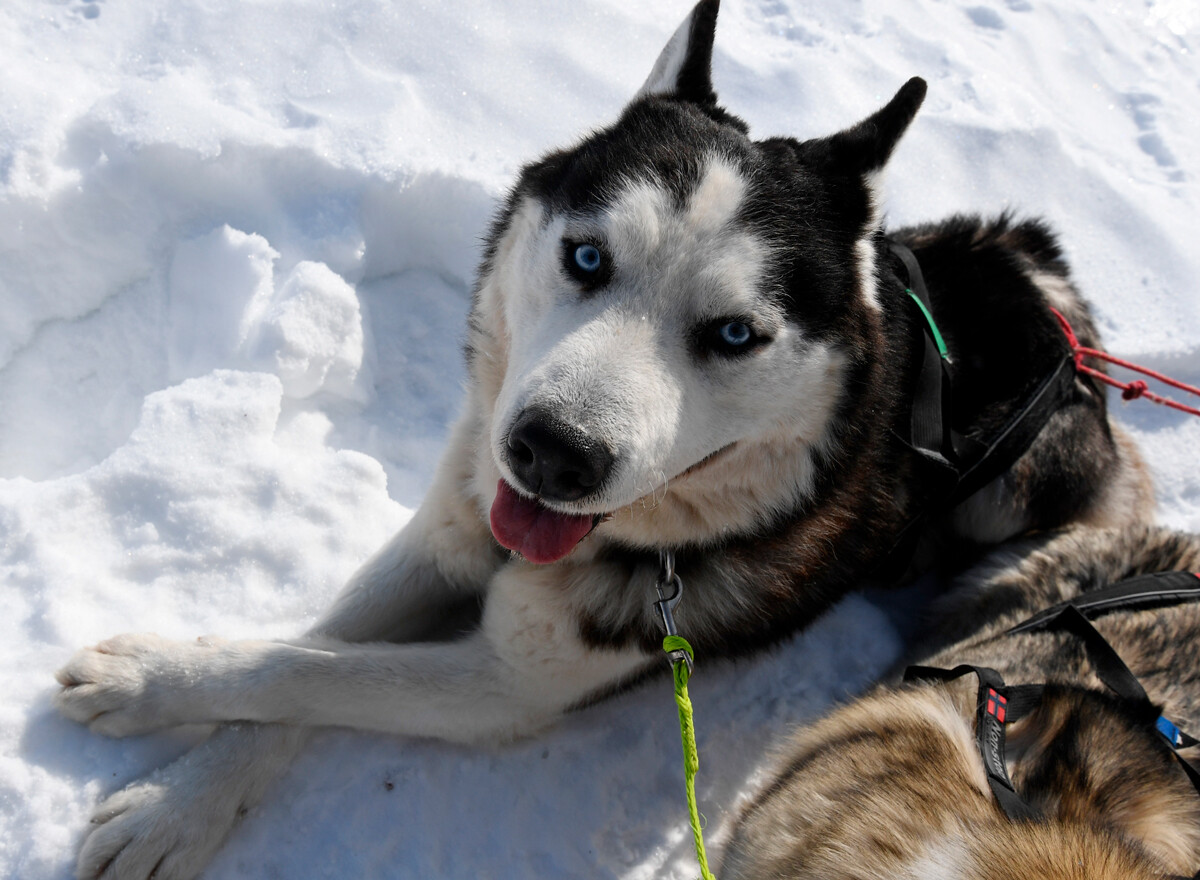
The Siberian husky don’t get cold and they can sleep on the snow
Ilya Naimushin/SputnikThose who want to get this dog to live with them at home, ie. indoors, should know about this trait of this dog. It’s genetically used to running – so you have to take them on long walks. Besides, modern dog breeders warn: huskies are prone to running away because they love freedom. But they are obedient and easy to train.
Since these dogs have always been around people almost as a part of their families, they love socializing and, as it is believed, have a cheerful character.
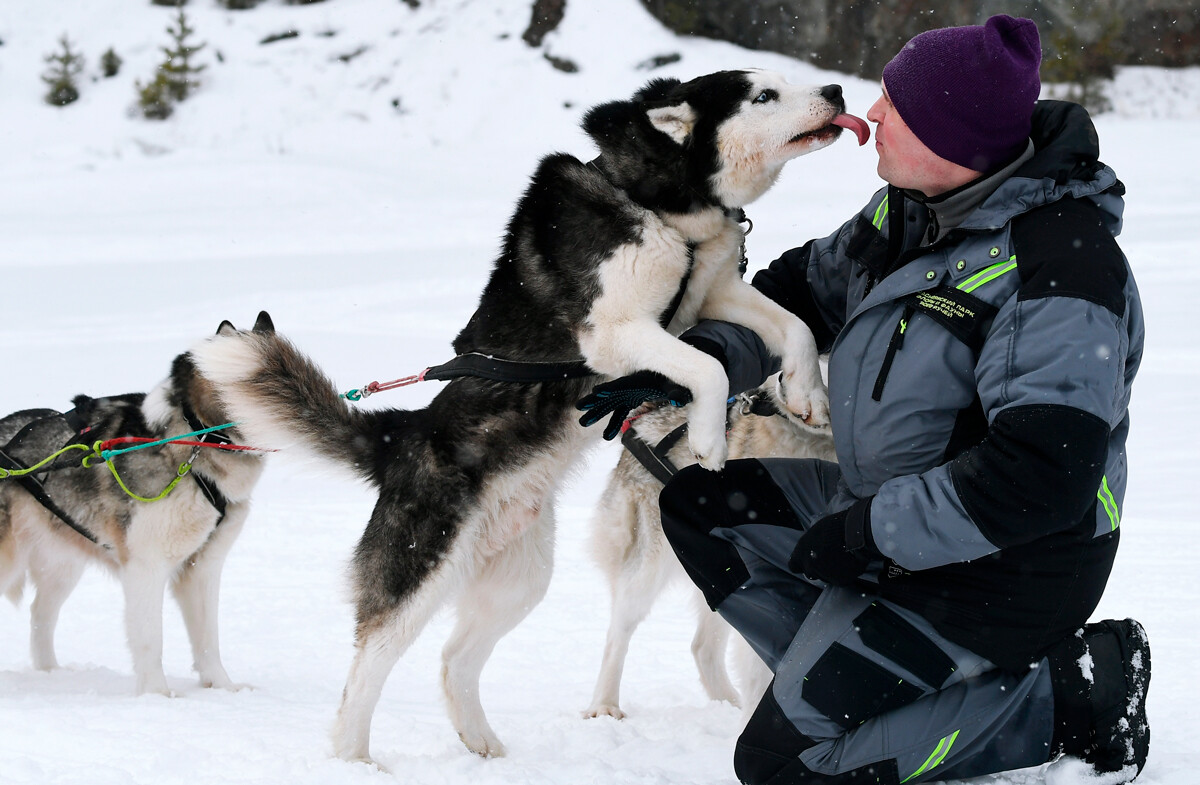
They are good friends, but owners have to take them on long walks or runs
Ilya Naimushin/SputnikSiberian huskies almost never bark, but they can howl, especially when they’re sad. Dog breeders even recommend people not to keep these dogs alone. If you have two of them, they’ll be much happier (and there will be less possibility of them thrashing your apartment or chewing up your sofa).
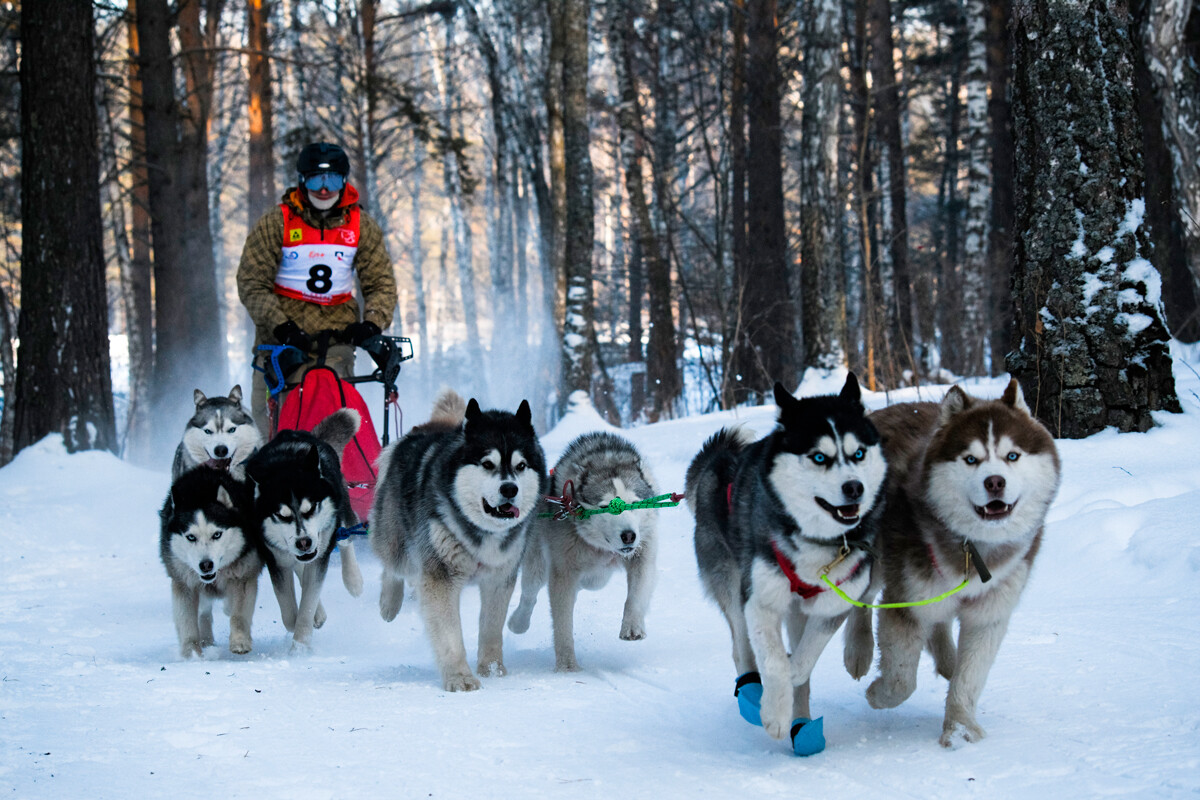
Dogs from Siberia were popular in Alaska during the “gold rush”
Alexander Patrin/SputnikDuring the North American “gold rush”, dogs from Siberia were imported to Alaska (the local native peoples were related to the native peoples of the Russian Far East). Later, these dogs were also actively used for races. It’s believed that the modern Siberian husky was professionally bred at the beginning of the 20th century and, from sled dogs, they turned into race dogs, not losing their ancient skill set, but also learning to reach high speeds.
In 1930, the “Siberian husky” breed was registered in the United States by an American dog breeding club and, in 1960, Siberian husky appeared under the number 270 in the International Canine Federation classification (with the U.S. stated as the country of origin).
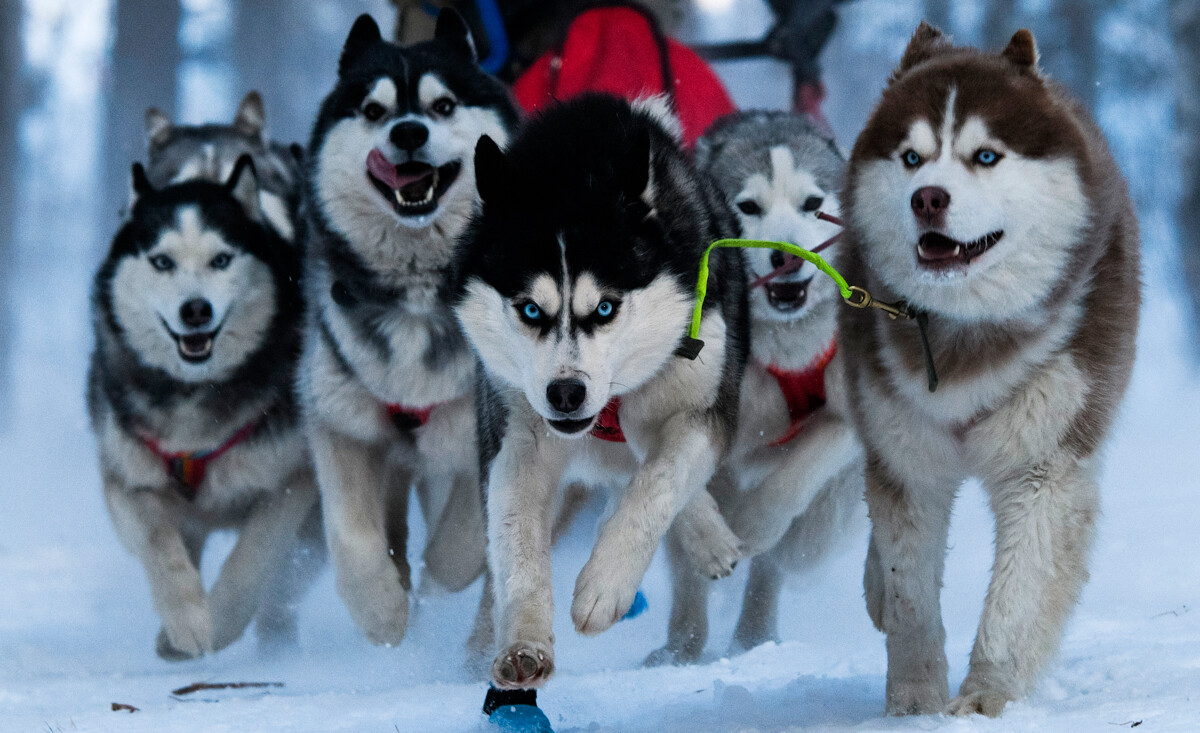
The “Siberian husky” was first registered as breed in the U.S.
Alexander Patrin/SputnikBy the way, a husky can have almost any color, but the most common ones are black-and-white and gray-and-white. Females weigh up to 23 kilograms, while males weigh up to 28 kilograms. On average, huskies live for 12-15 years.
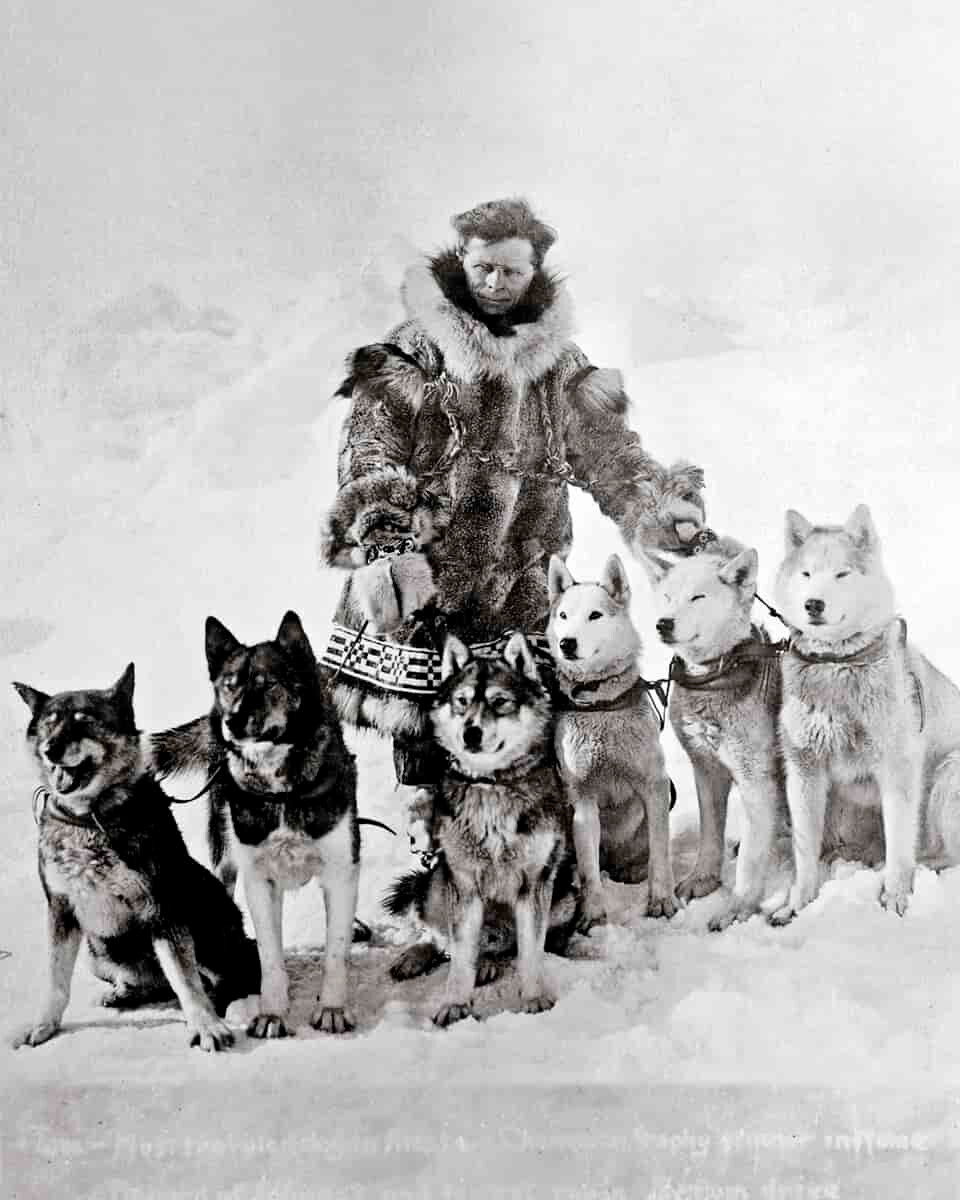
Musher Leonhard Seppala (with his dog Togo on the left)
Carrie McLain Museum/AlaskaStock/Public DomainThe history of the Siberian husky has a unique episode – when the physical traits of these dogs helped save many people from a diphtheria epidemic. In Winter 1925, the remote town of Nome in Alaska, isolated from the outside world, passed a message about an outbreak of diphtheria among Native American children.
The town needed a serum for the disease, but severe cold and a blizzard cut off the railway and other transport. Then a Norwegian musher named Leonhard Seppala organized an entire relay expedition to the town. They needed to cover 1,085 kilometers through an intense and cold blizzard as fast as possible to deliver the lifesaving serum.
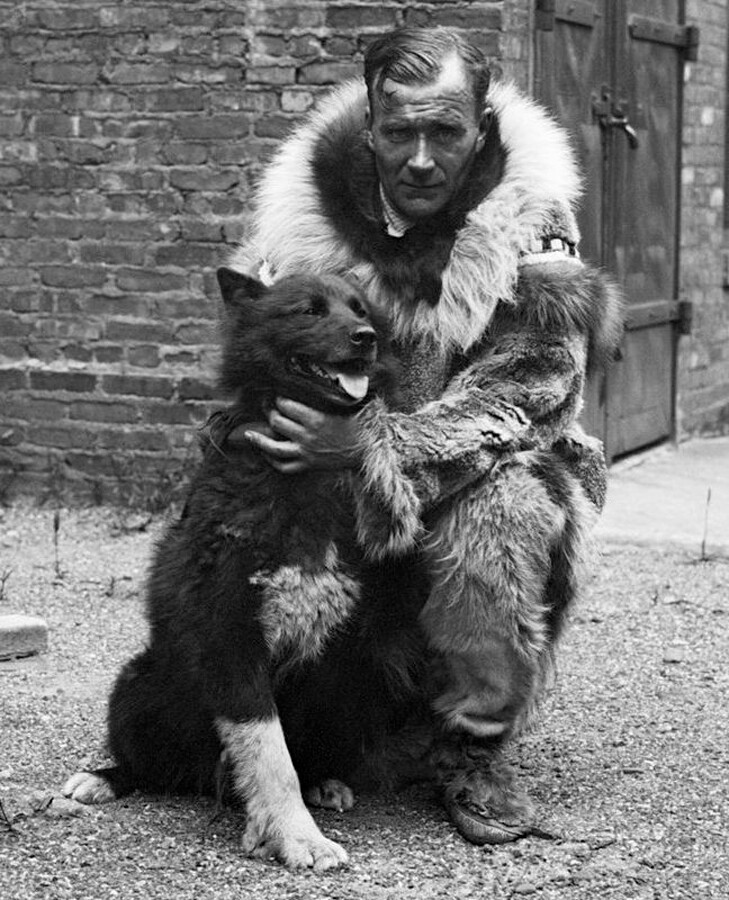
Musher Gunnar Kaasen and his dog Balto
Brown Brothers/Public DomainThe sled of Seppala ran day and night and once even found itself on an ice floe. Without a break, it covered 418 kilometers, after which the dogs literally dropped, powerless. Overall, 20 mushers and 150 dogs participated in the relay that went down in history as the “Great Race of Mercy”. Lead dogs Togo and Balto were especially distinguished after the relay. In the end, the vaccine was delivered in just five days and the epidemic was successfully stopped.
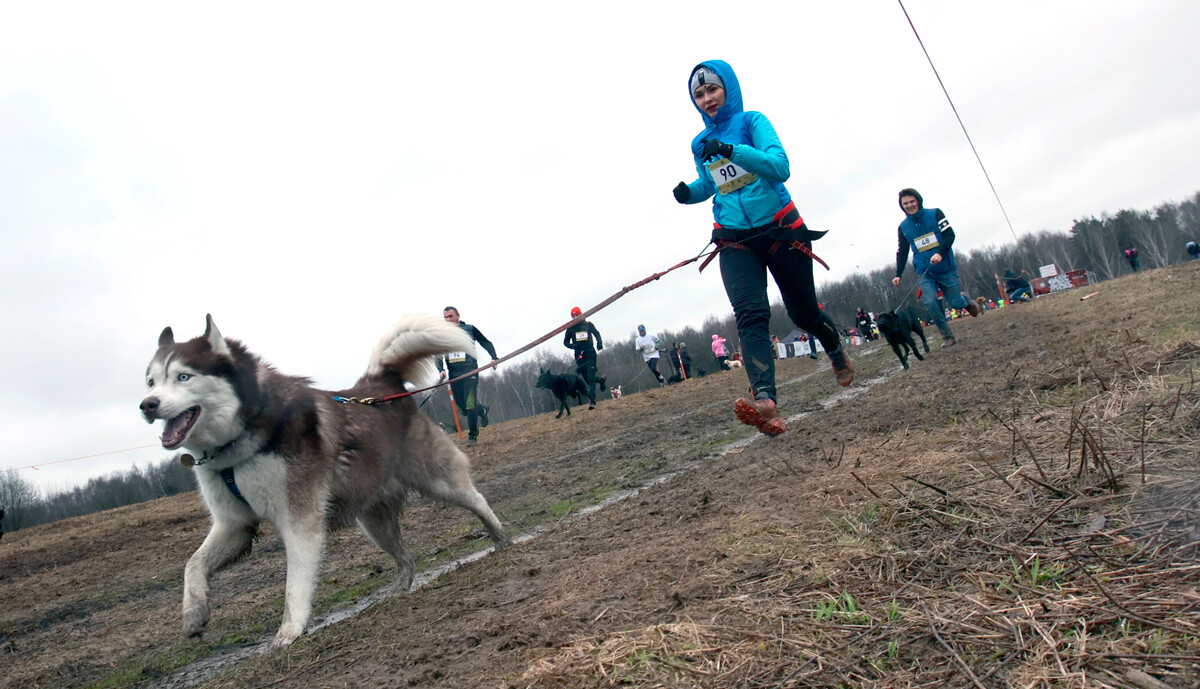
Canicross (the cross-country running with dogs) with the Siberian husky become more and more popular in Russia
Vitaly Belousov/SputnikWinter dog sled riding with huskies became a popular attraction in Russia. Some take pity on the dogs who need to pull a sled for long periods of time. However, the huskies themselves don’t feel unhappy at all. That’s their purpose and their way of life since ancient times. Nine or more huskies on average were used to pull a sled with owners and their load, including their haul.
By the way, Norwegian traveler and explorer Roald Amundsen reached the north magnetic pole on a husky sled and conquered the so-called North-West Passage. In 30 days, he covered more than 1,300 kilometers on a dog sled (with 65 kilometers in 10 hours as a record day).
Apart from entertaining dog sled riding, there are sport dog sled races known from the 19th century. Sportsmen also take part in many-day-long dog races.
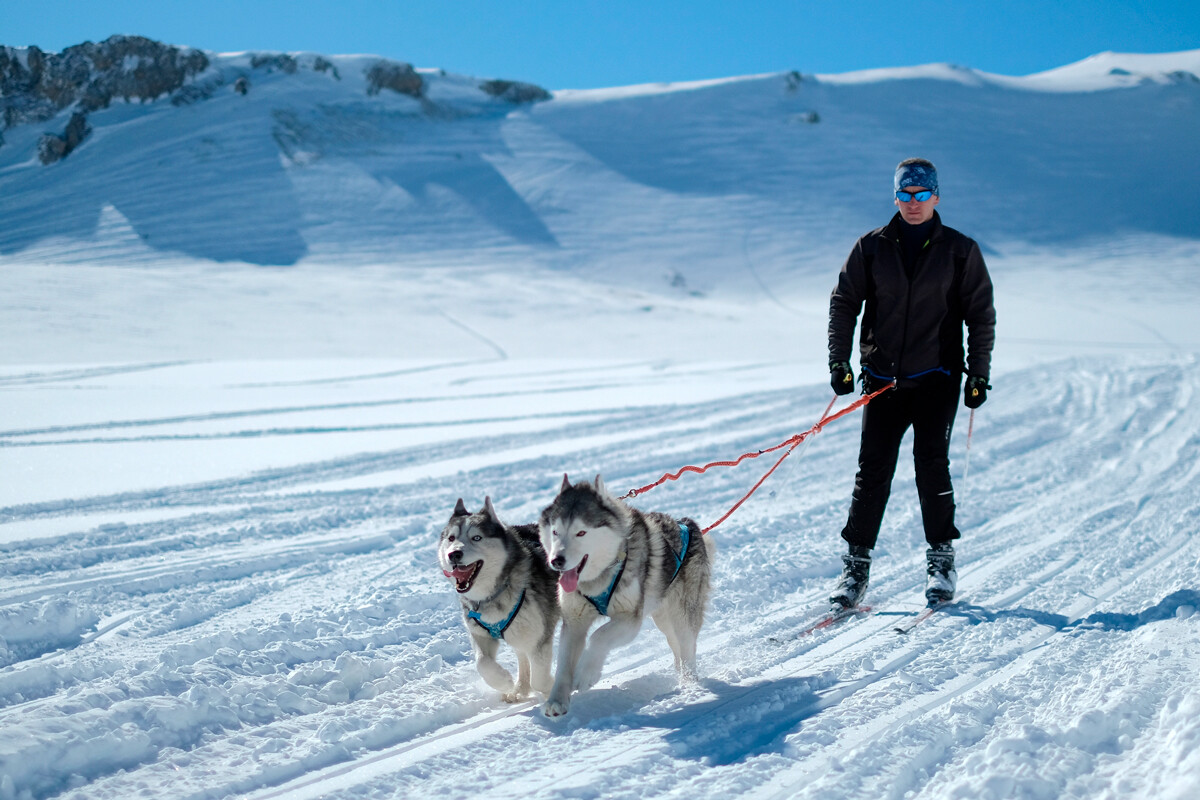
Skijoring (several dogs pulling a person on skis) is another popular sport
Nikolai Khizhnyak/SputnikLately, such sports as skijoring (when several dogs pull a person on skis), carting (when dogs pull a dogcart), bikejoring (a bike race with dogs) and also canicross (when a dog on a line pulls a runner) are gaining popularity in Russia.
Dear readers,
Our website and social media accounts are under threat of being restricted or banned, due to the current circumstances. So, to keep up with our latest content, simply do the following:
If using any of Russia Beyond's content, partly or in full, always provide an active hyperlink to the original material.
Subscribe
to our newsletter!
Get the week's best stories straight to your inbox